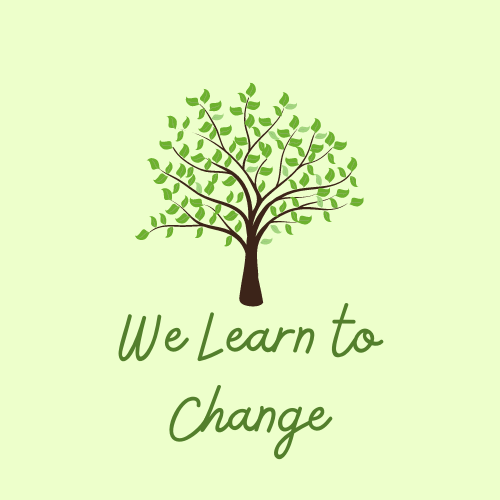We study literature to study the human condition. We engage in conversation with a text, with its context, to understand where we were within our reality, or to understand where we may be going within our reality. Readers cannot escape their reality; indeed, they should not. Every time we open a text, we are engaging its now with our now.
We are engaging its now with our now. We are confronting its now with our now. We are embracing its now with our now. We are conjoining its now with our now. We are acknowledging its now with our now. We are debating with its characters. We are struggling with or connecting with its setting. We are processing its plot. We are appreciating its beauty with all its flaws. We are interrogating the narrator, even if the narrator is reliable. We are appreciating the figurative language through our personal “ah ha” moments.
Oh, those amazing “ah ha” moments. They don’t always come on immediately. For example, I had an “ah ha” moment a few years ago with a poem I read over 20 years before. We study literature to have those “ah ha” moments immediately, but also 20 years later. We study literature to pass on the lessons we have learned to others in whatever profession we pursue. I have a friend who teaches psychological wellness through movies and novels. When a client learns about Gaslight or Shirley Valentine, their lives are never the same. The more we read, the more we have to share, for we know more about…
…the human condition.
I really could not help myself there.
